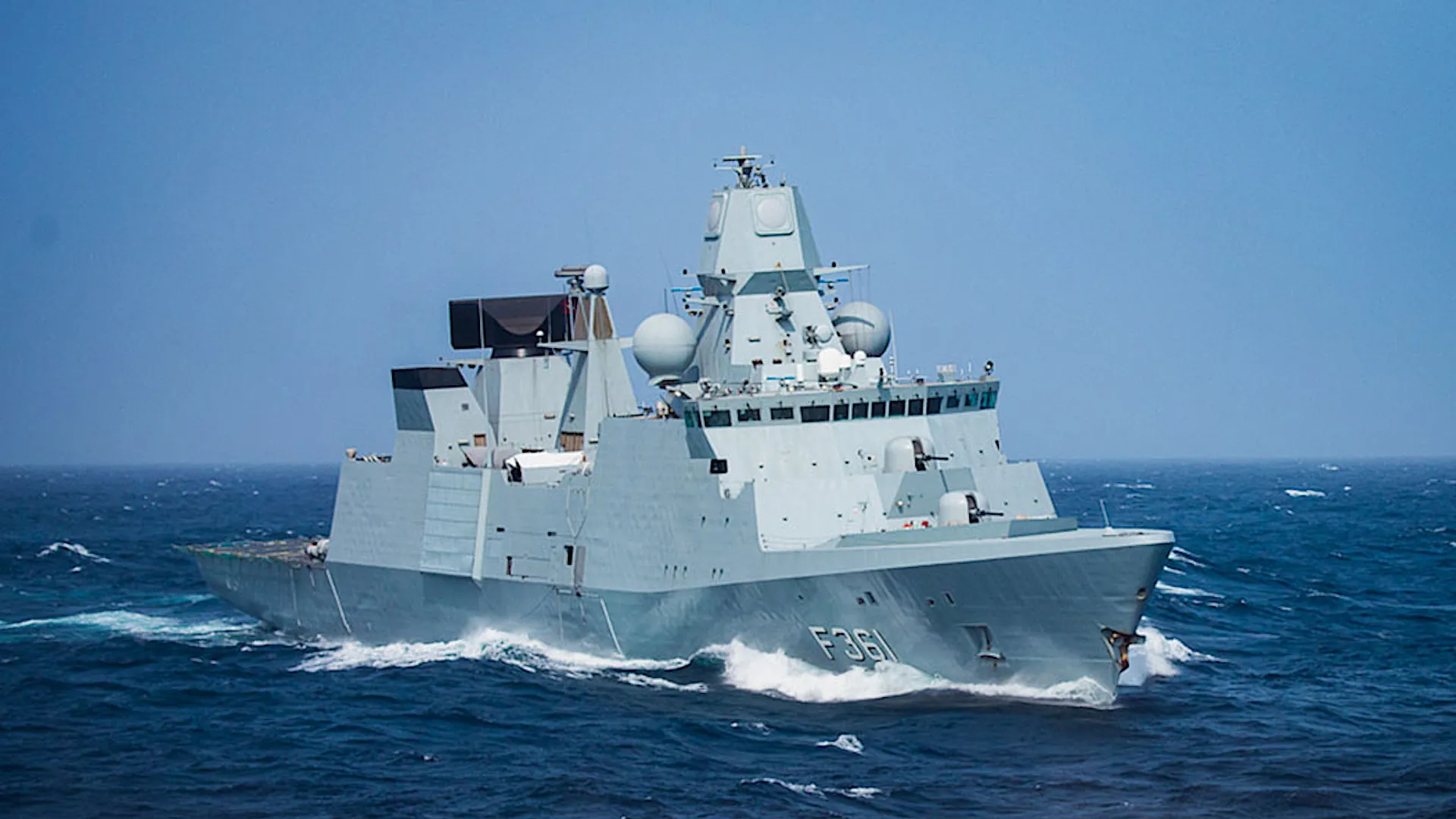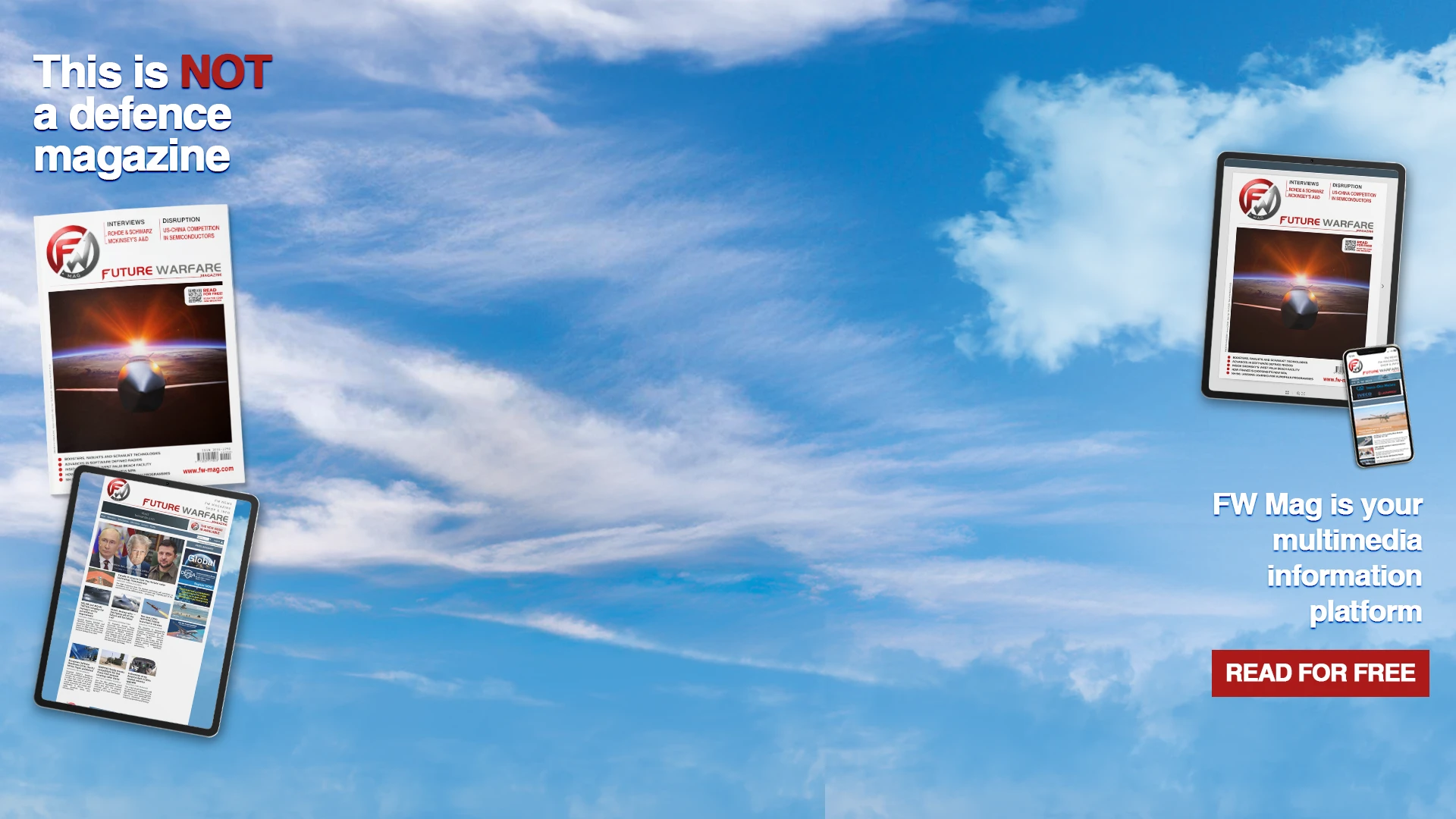
The Argentine Navy is once again looking to the second-hand market to revitalise a fleet that has been in crisis for some time.
The focus is on modern Scandinavian units whose replacement has already begun, but which are not immediately available, and alternatively, on platforms already being decommissioned, albeit older ones, such as the 2 Italian MAESTRALE frigates. In recent years, the only new acquisition by the Armada, neglected for thirty years, has concerned the 4 modern (but lightly armed) French GOWIND-type OPVs, which formed the BOUCHARD class between 2019-2022.
Since 2024, interest in submarines has been revived, as the 2 boats remaining with the Armada have been inactive for years following the SAN JUAN disaster in 2017. However, the situation of the 10 German units that entered service in the 1980s - and were the backbone of the surface component for decades - is also becoming unsustainable. Whilst the 6 relatively newer ESPORA class corvettes (MEKO-140 type) remain usable, thanks to the decommissioning of one unit for cannibalisation and the arrival of the BOUCHARDs, the situation for the ALMIRANTE BROWN class frigates - MEKO-360 - in service since 1983-1984 and classified as destroyers, is collapsing.
One hypothesis looks at the radical modernisation of 3 MEKO-360s in better condition, cannibalising the HEROINA, which has been out of service for years. In this regard, in April an offer emerged from ASELSAN, engaged in the MLU of the Turkish Navy's MEKO-200 frigates, to carry out a similar intervention on the Argentine frigates. The offer concerned the replacement of obsolete weapons and sensors, and platform overhaul, which could also extend to some of the corvettes.
The "ASELSAN package" is still on the table, but in recent days the Argentine Ministry of Defence has also hypothesised the possible acquisition of 2 second-hand frigates. The first option looks at relatively recent Scandinavian vessels whose replacement has been announced in recent weeks.
On the table are the 3 Danish IVER HUITFELDT class air defence frigates, and the 4 surviving Norwegian NANSEN frigates. In the first case, these are units built between 2008-2011 as an AAW variant of the ABSALON class. Ships with less than 15 years of service, for which, however, last June the Danish General Staff recommended not proceeding with the planned MLU, after alarming technical malfunctions emerged during the Red Sea mission against the Houthis. The recommendation aimed to obtain more sophisticated ships with defence capabilities against ballistic and hypersonic missiles, which did not indicate the sale of the HUITFELDTs, but only their downgrading to surveillance frigates to accompany the OPVs. However, a possible sale would allow resources to be recovered to invest in new units.
Regarding the NANSEN frigates (delivered 2006-2011), in 2024 the Norwegian Government had already announced the launch of a programme for 5 new, higher-performing FFGs (plus a sixth as an option), to join them as early as 2030, and then replace them rapidly. This programme was realised a month ago, with the selection of the British Type-26 frigate, in a version very similar to that adopted by the Royal Navy.
However, it is evident that for the "Scandinavian" options, at least five years would be needed before hoisting the Argentine flag, also calculating the time necessary for upgrades and personnel training on ships conceived 30 years after the MEKOs. Hence another option put on the table: acquiring the Italian frigates LIBECCIO and GRECALE, which were placed in reserve during 2024-2025.
In this case the advantage would be twofold: immediate availability and the fact that they mount weapons and sensors identical or comparable to those of the MEKO-360s (consider the 127mm and 40mm guns, the ALBATROS/ASPIDE system), not to mention that another 3 units are being decommissioned and could provide spare parts. The limitation obviously lies in the age of these ships, thoroughly exploited by the Italian Navy for over 40 years, often in operational missions, even though GRECALE and LIBECCIO belong to the batch modernised between 2005-2009. Not surprisingly, Buenos Aires considers the Danish option as the preferred one, possibly looking at a more limited upgrade of the MEKOs and the 2 Italian frigates as a simple gap-filler for a few years.








